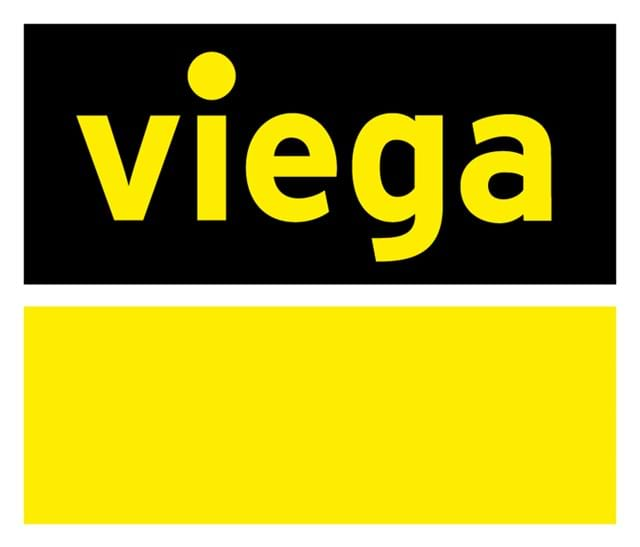Legionella bacteria are found in around 12% of UK’s buildings. It’s a dangerous organism and keeping water moving is an effective preventative measure.
The Legionella bacteria live in water. They are present in small amounts in lakes and rivers, but the places that suit them best are areas where water stands still at a temperature of between 20oC and 45oC, ideally with a little bit of scale or sediment to keep them happy. And that pretty much describes the environment in dead-leg pipes leading to taps or showers that haven’t been used for a few days.
Estimating the scale of the challenge
It's a very common occurrence which is not well understood or recognised: the Legionella Control Association estimates that around 12% of water samples from buildings in the UK contain the bacteria.
This becomes a health hazard when an individual breathes in water droplets (or aerosol) from a contaminated water source. Once inhaled, the bacteria can multiply in the lungs, ultimately causing a pneumonia-like infection: Legionnaires disease.
Official figures from Public Health England identify around 500 cases of Legionnaires disease in the UK each year. However, it can be difficult to differentiate this from other forms of pneumonia, meaning that the caseload is likely to be significantly under-reported. Taking this into account, the British Safety Council estimates the real number of cases to be around 4,000-6,000 per year in the UK.
It’s a nasty bug with a significant mortality rate. The World Health Organisation (WHO) estimates that the mortality rate is around 5-10% for otherwise healthy individuals but as high as 80% for immune-compromised patients. There is very little public awareness of the disease and almost no understanding in the wider population of the potential for risk in the home. For system designers and the managers of commercial buildings, managing the risk should be a priority.
Managing the Legionella risk
The potential risk of spreading the illness through water systems in buildings has been recognised since the disease was first identified in 1976. In the UK the Health and Safety Executive has an Approved Code of Practice (ACOP L8) that spells out the responsibilities of employers to combat the problem.
This responsibility starts with a legionella risk assessment. HSE provides guidance on how to establish whether a particular building is likely to have a high or low risk of legionella contamination.
Not surprisingly, larger buildings with multiple shower and sink outlets are higher risk while those likely to be used by people with compromised immune systems are also a priority.
Keeping water moving
The Code of Practice contains much advice on preventative measures but the stand-out, and most significant by far, is around the need to keep water moving. The Legionella bacteria will only multiply to dangerous levels if they are allowed to sit quietly in static water.
For building and facilities managers this is a task of routine building maintenance – making sure that water is flushed through water pipes and every shower head or tap regularly. However, this is not as straightforward an exercise as it may seem.
Dr Tom Makin, one of the UK’s leading authorities on Legionnaires disease, says that when he returns from holiday he will always run the showers in his house for 20 minutes. This gets rid of any bacteria that have accumulated in the pipework while the bathrooms have been unused. A practical solution for one home but difficult to replicate in a hospital or hotel or as part of commercial building maintenance.
A much better solution is to design out as much of the problem as possible. The main breeding ground for legionella in modern buildings is that dead leg pipework – which is a particular feature of UK water systems. Elsewhere in Europe the use of a double wall plate system is much more common.
Double wall plates are used in a series or ring system as opposed to the more common “T-piece” installation used in the UK. The branch line in the latter becomes a dead-leg when the appliance it supplies has not been used for a while, providing an ideal breeding ground for legionella bacteria. A double wall plate, on the other hand, ensures that all the water in the system keeps moving, avoiding the dead leg situation and the resulting potential for legionella contamination.
Installing a system like this will require detailed planning at the design stage as retrofitting additional outlets after installation will be more complicated. However, at Viega we believe in recommending the best solution.
We also believe that buildings should be designed to create an environment that promotes health and wellbeing: designing out preventable disease has to be the first step.
Written by Sebastian Bowen, Specification Sales Manager, Viega







